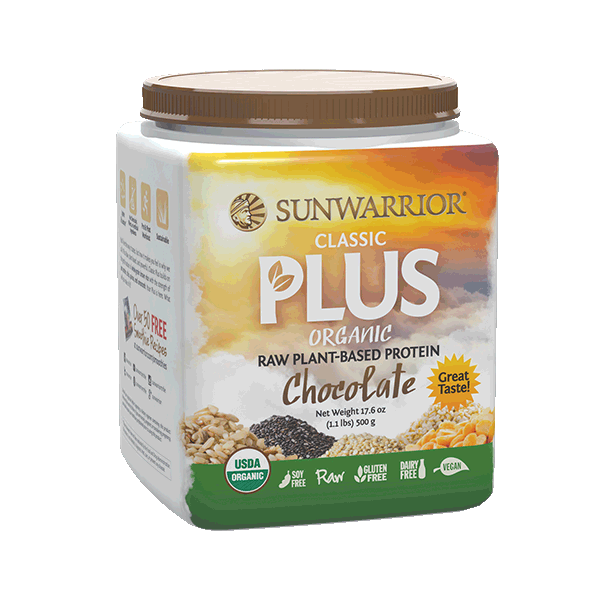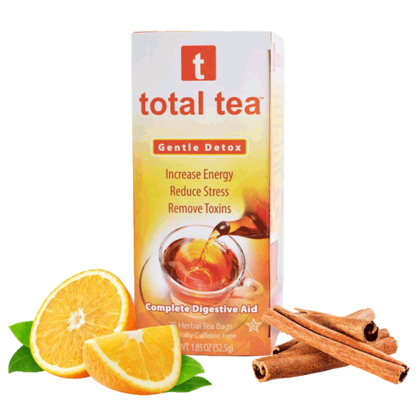Whether running sprints, swimming long distances or lifting weights, athletes expend more energy than the average person and their bodies need additional nutrients to recover from intense physical activity. Protein plays an important role in an athlete’s diet as it helps repair and strengthen muscle tissue. High protein diets are popular among athletes — especially those seeking a leaner, more defined physique. But how much protein is really necessary?
While protein is critical in building muscle mass, more is not necessarily better. Simply eating large amounts of lean protein will not equate with a toned body.
Disclaimer: These statements have not been evaluated by the FDA. These products are not intended to diagnose, treat, cure, or prevent any disease
How To Use
Mix, shake, or blend protein powder with your favorite beverage (we favor nut-milks, but we accept your life choices). Once you master the beverage, try adding fruit, greens, superfoods, boosters, spices, ice, and more to make smoothies that are as unique, delicious, and super swanky as you are.
Ingredients
Whole Grain Brown Rice – Brown rice provides plenty of protein and fiber while being gentle on the digestive system and kind to those with allergies. This whole-grain superfood is raw, sprouted, and ready to take your workouts to new levels with all the amino acids a growing muscle needs.
Quinoa – Highly valued by the Incan civilization for good reason, quinoa is rich in protein, fiber, calcium, B vitamins, and many other nutrients. This grain-like seed helps balance out the amino acid profile without worry over gluten.
Yellow Peas – A high fiber, low calorie, nutrient-dense vegetarian superfood; peas are also a remarkable source of plant-based proteins and amino acids. Protein from peas satisfies all FAO essential amino acid requirements. The amino acids found in peas include Lysine, Arginine, Glutamine, Leucine, Isoleucine & Valine (Branched Chain Amino Acids – BCAAs).
Chia seeds – are the tiny nutrient-dense powerhouses that the Aztecs used to feed their people, armies, hunting parties, and runners. We have rediscovered their power and, thankfully, do not have to invent a time machine or brave the ancient jungle to take advantage of all these little seeds.
Amaranth – another ancient world staple. It was used as a grain by the Aztecs who even included it in religious rites. It has a similar nutrient profile to quinoa and the same yield as rice, making it a sustainable alternative to other grains and seeds.




